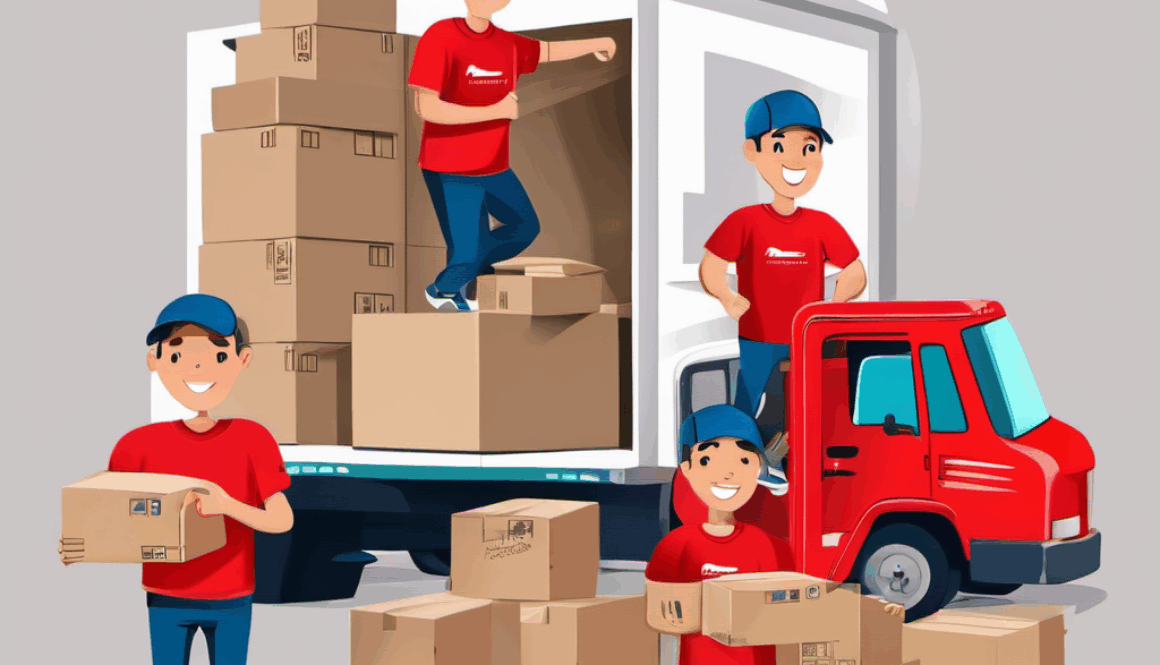The Packer – A Crucial Yet Overlooked Player in Global Logistics
📦 The Packer – A Crucial Yet Overlooked Player in Global Logistics
The relocation industry in 2025 is undergoing rapid transformation. Cost pressures, labor shortages, ESG demands, and rising client expectations are forcing companies to rethink how they operate – and how they perceive key roles, including one of the most essential yet often undervalued: the packer.
5 Key Forces Shaping the Relocation Market
1. Labor Shortages and the Demographic Crisis
Across Europe, particularly in CEE countries, there is a growing shortage of manual workers. The relocation and logistics sectors are short by an estimated 50,000 people – mainly drivers, warehouse staff, and packers. An aging population and declining birth rates mean this gap is widening. Companies are competing for a shrinking pool of candidates, making it difficult to meet seasonal demand and retain skilled workers.
2. Rising Employment Costs and Talent Competition
Polish workers remain highly sought after for their experience, mobility, and work ethic. However, their numbers are decreasing, leading to fierce competition among employers and rising costs in recruitment, onboarding, and retention. Wage expectations are increasing, and high employee turnover is making it harder to maintain service quality.
3. Limits of Automation – The Human Touch Is Still Irreplaceable
While automation is advancing rapidly in warehousing and transport, packing still requires human presence – physical strength, precision, and intuition. Packing a client’s belongings (often valuable or fragile) is an unpredictable, highly variable process. Without trained, engaged packers, safe and efficient relocations simply aren’t possible.
4. Growing ESG Pressure and Compliance Requirements
Clients – especially corporates – now expect relocations with minimal carbon footprint, full operational transparency, and detailed ESG reporting. This pushes companies to adopt standards, procedures, and digital tools that track every stage of the process – from packing to delivery.
5. Low Market Awareness and the Need for Professionalization
Relocation is still too often perceived as mere “transport of belongings.” In reality, it’s a complex logistical operation involving people, systems, international law, and safety protocols. Yet the industry lacks unified standards, certifications, and market education. This limits opportunities to build a true competitive edge.
🎯 The Packer – Not a Helper or Mover, but a Key Operational Expert
In 2025, the packer is emerging as a strategic role – someone who:
-
Ensures the safety and quality of the entire relocation process,
-
Collaborates with drivers, coordinators, and IT systems,
-
Often has the final interaction with the client, directly influencing satisfaction,
-
Takes responsibility for potential damage and on-time service delivery.
🌍 Conclusion: Packing Is Now a Strategic Element of the Relocation Chain
In a world facing labor shortages and rising expectations, it’s the “invisible” operational roles that gain strategic importance. The packer is no longer just the person “carrying boxes.” They are a vital team member who directly determines the success of any move.
At our company, we see this every day – and that’s why we invest in people, grow, train, listen, and change the rules of the game.
👉 How about your company?
Does your packing team have access to support, and growth opportunities?
#Relocation #Packing #Logistics2025 #ESG #Compliance #WorkforceCrisis #MovingIndustry #TMS #HRStrategy #LogisticsOperations #Professionalization











